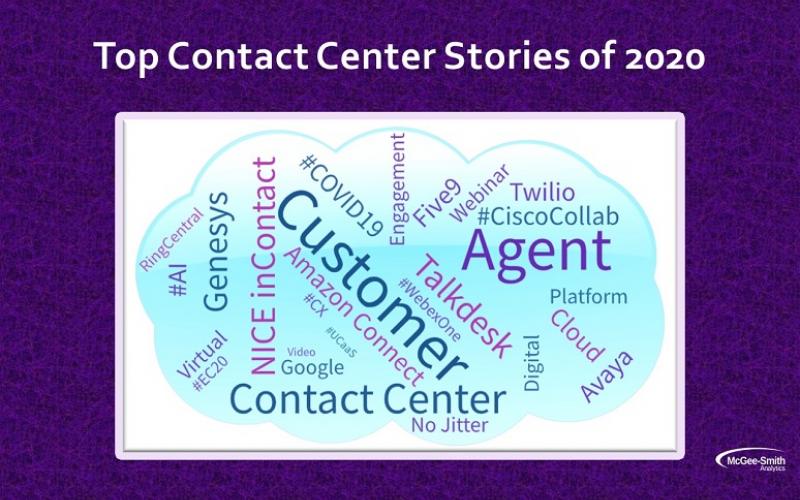Also, Amazon Bedrock announces new capabilities and Neat and Shure partner to combine their video/audio technologies.
No Jitter is part of the Informa Tech Division of Informa PLC
This site is operated by a business or businesses owned by Informa PLC and all copyright resides with them. Informa PLC's registered office is 5 Howick Place, London SW1P 1WG. Registered in England and Wales. Number 8860726.










